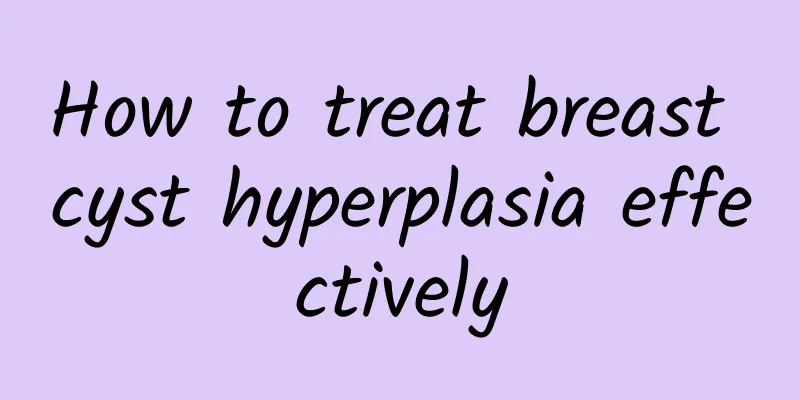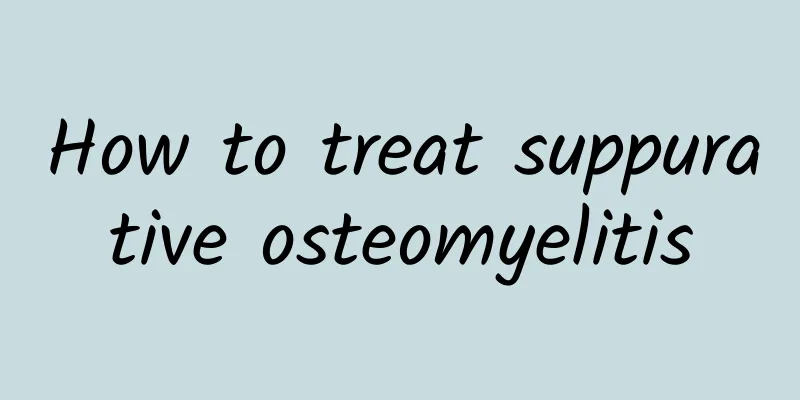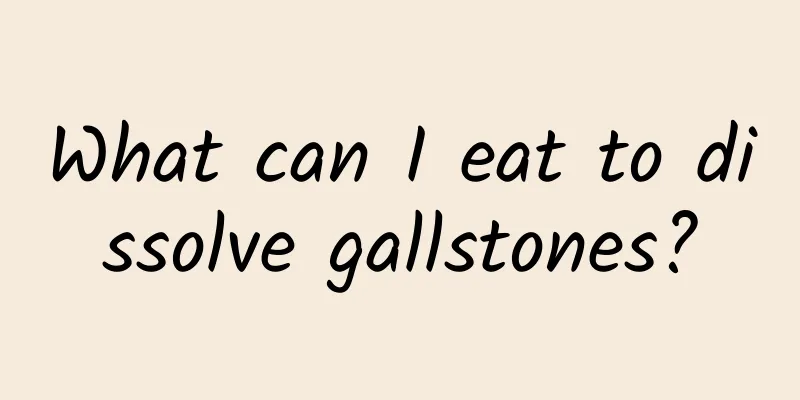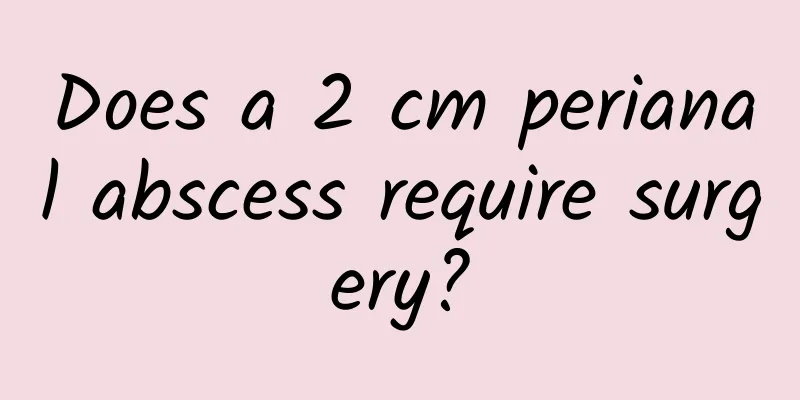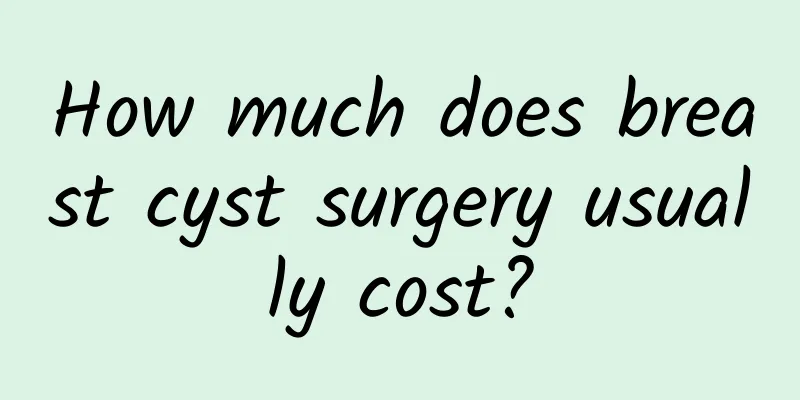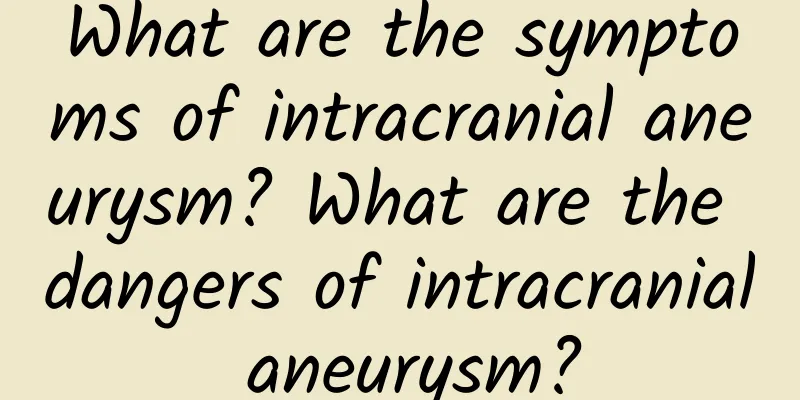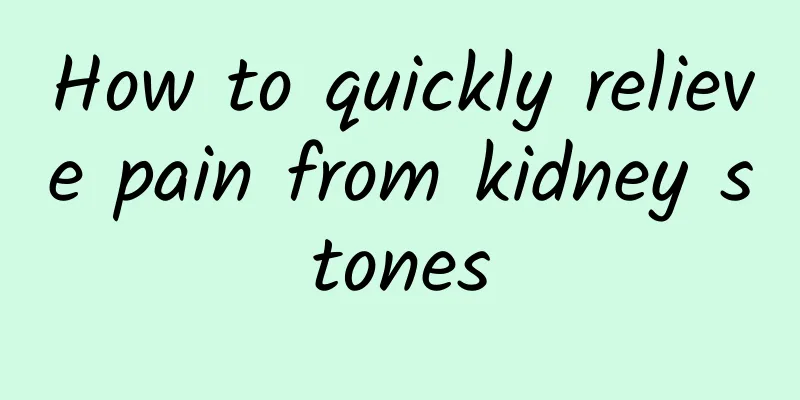What is nonspecific costochondritis?
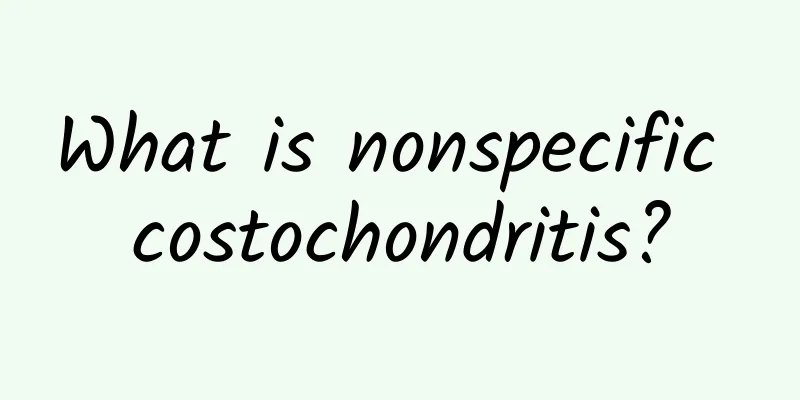
|
Nonspecific costochondritis is a common cause of chest wall pain, mainly due to aseptic inflammation of the costal cartilage and surrounding tissues. It usually presents as local chest pain that worsens with movement or touch, and is often related to factors such as trauma, poor posture, or repeated stretching, and can be relieved through symptomatic treatment. 1 Cause Analysis: The specific mechanism of nonspecific costochondritis is not fully understood, but the following factors may be the main causes: Trauma and mechanical stimulation: Contact sports, severe coughing, and lifting heavy objects may cause micro-injury to the costal cartilage, thereby triggering an inflammatory response. Poor posture: Working with your head down for long periods of time, hunching over a desk, etc. may cause excessive tension in the chest wall muscles and increase the burden on the costal cartilage. Infection or spread of inflammation to adjacent tissues: Although this symptom usually has no clear infectious cause, certain systemic inflammation associated with respiratory diseases may irritate local tissues and trigger an inflammatory response. Rheumatic and immune factors: Some patients may have underlying rheumatic or immune-related diseases, and inflammation tends to be concentrated in the costal cartilage area. 2Symptoms and diagnosis: The patient mainly presents with local pain near the sternum, including: Dull or sharp pain in the chest area that may be worse with deep breathing, coughing, or turning around. Press with your fingers at the junction of the 2nd to 5th costal cartilages at a specific location beside the sternum, and there will be obvious tenderness. Most patients have no redness or swelling, but a small number of patients may experience slight local swelling. The diagnosis is confirmed by history and physical examination to exclude other possible serious causes, such as coronary heart disease, lung tissue lesions, etc. Sometimes imaging tests such as X-rays or CT scans can be used to exclude other lesions in the bones and joints. 3 Treatment methods: Treatment focuses on relieving pain and controlling inflammation, and may be combined with the following measures: Drug treatment: 1. Nonsteroidal anti-inflammatory drugs (NSAIDs): such as ibuprofen or diclofenac, used to relieve pain and inflammation. 2. Local analgesic ointments or patches: such as Voltaren ointment, can help relieve local pain. 3. If the pain is particularly severe, your doctor may recommend local injection of corticosteroids. Physical therapy: 1. Hot compress: Apply hot compress for 20 minutes every day to promote blood circulation and accelerate the disappearance of inflammation. 2. Physical therapy such as massage or ultrasound therapy: Helps relieve muscle tension and reduce inflammation. Life Adjustment: 1. Avoid strenuous activities: Reduce movements that cause chest wall traction to avoid further involvement of the costal cartilage. 2. Adjust bad posture: increase the height of tables and chairs and change posture frequently to avoid excessive load on the ribs. 4When to seek medical attention: If chest pain continues to worsen and is accompanied by difficulty breathing, palpitations, or chest tightness, you should see a doctor immediately to check for more serious chest or heart diseases, such as myocardial infarction or pneumothorax. If symptomatic treatment for costochondritis has been taken but the symptoms have not been relieved, it is also recommended to go to the hospital for examination. For nonspecific costochondritis, early detection and targeted intervention can effectively relieve symptoms. After reading this article, I hope you will pay more attention to the changes in your chest area, take proper rest and avoid excessive activity. If the pain is difficult to relieve, please seek medical help in time to ensure your physical and mental health. |
<<: How to treat sciatica in the buttocks
>>: Can an 85-year-old with appendicitis undergo surgery?
Recommend
What causes red urine?
Red urine can be alarming, as it's not a norm...
Flatulence and stool leakage after perianal abscess surgery
Flatulence and fecal leakage after perianal absce...
Small needle knife treatment of breast fibroids
Acupuncture can be used as a treatment for breast...
Can skin grafting be used for large-area burns on the arm?
Generally speaking, skin transplantation is mainl...
What are the dangers and symptoms of gallstones
Gallstones may cause severe abdominal pain and le...
Gallstones, no matter what happens
Gallstones can cause serious health problems if n...
What foods should be avoided for breast cysts
Patients with breast cysts need to avoid spicy fo...
Do benign breast cysts require surgery?
Breast cysts generally do not require surgery. Th...
Can I drink honey water if I have breast cyst?
Breast cysts are a common, noncancerous breast ch...
Is a brain hemangioma life-threatening?
Brain hemangiomas are potentially life-threatenin...
What to do if you have bilateral breast cysts?
Bilateral breast cysts usually refer to the appea...
What medicine should I take for perianal subcutaneous abscess
Common medications for treating perianal subcutan...
Is breast cystic hyperplasia cancer?
Breast cystic hyperplasia is usually not cancer, ...
What causes perianal abscess?
Perianal abscess is a localized purulent lesion c...
Second degree burn symptoms
Second-degree burns are unexpected situations tha...
